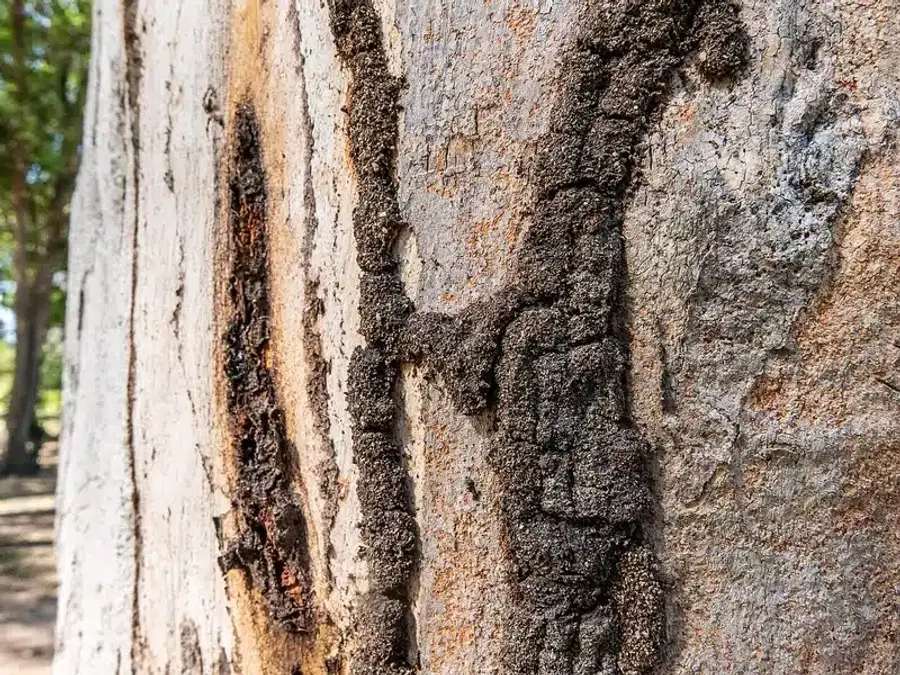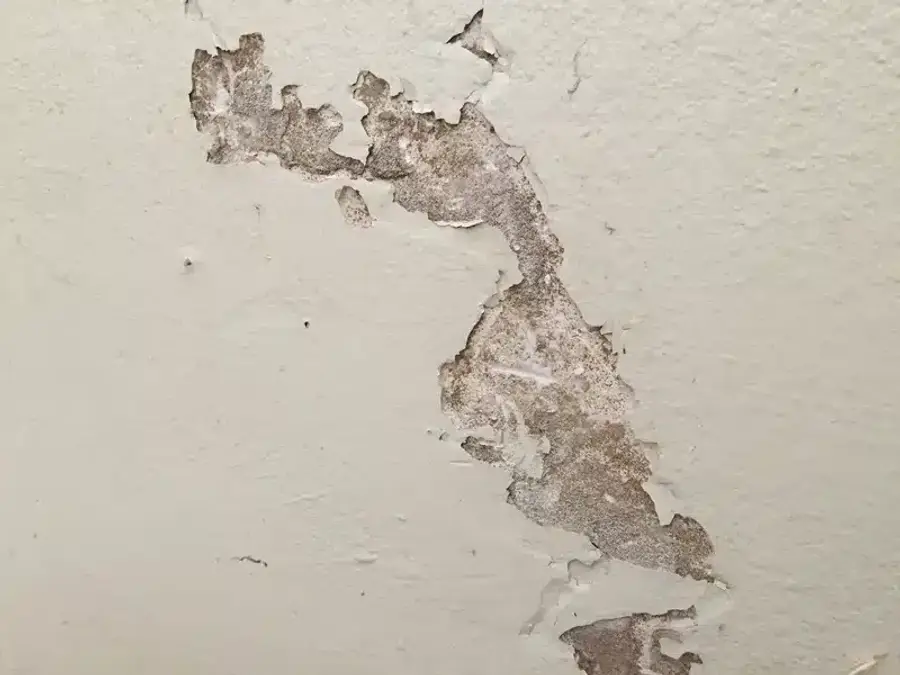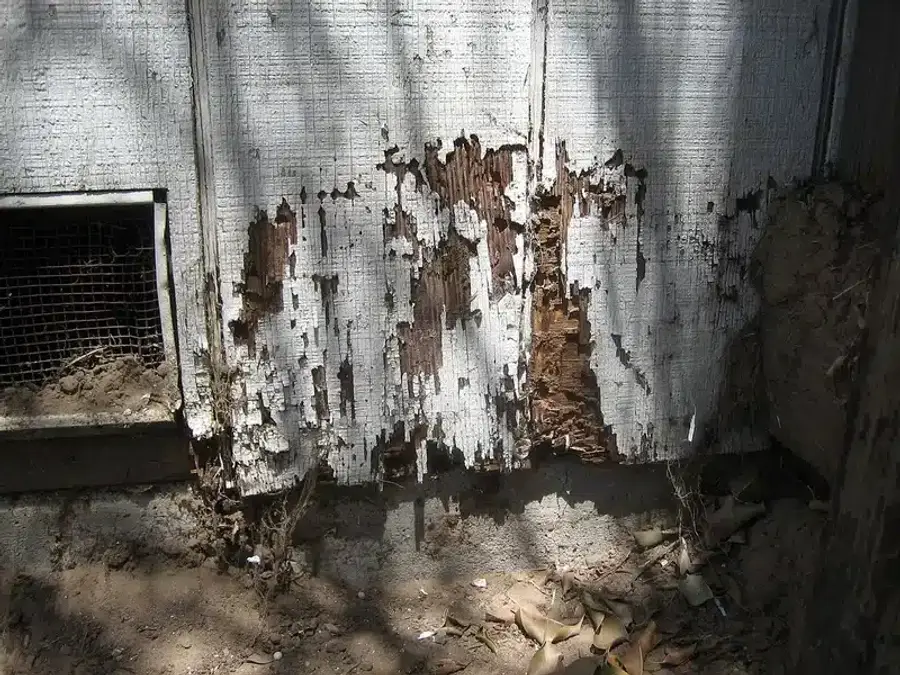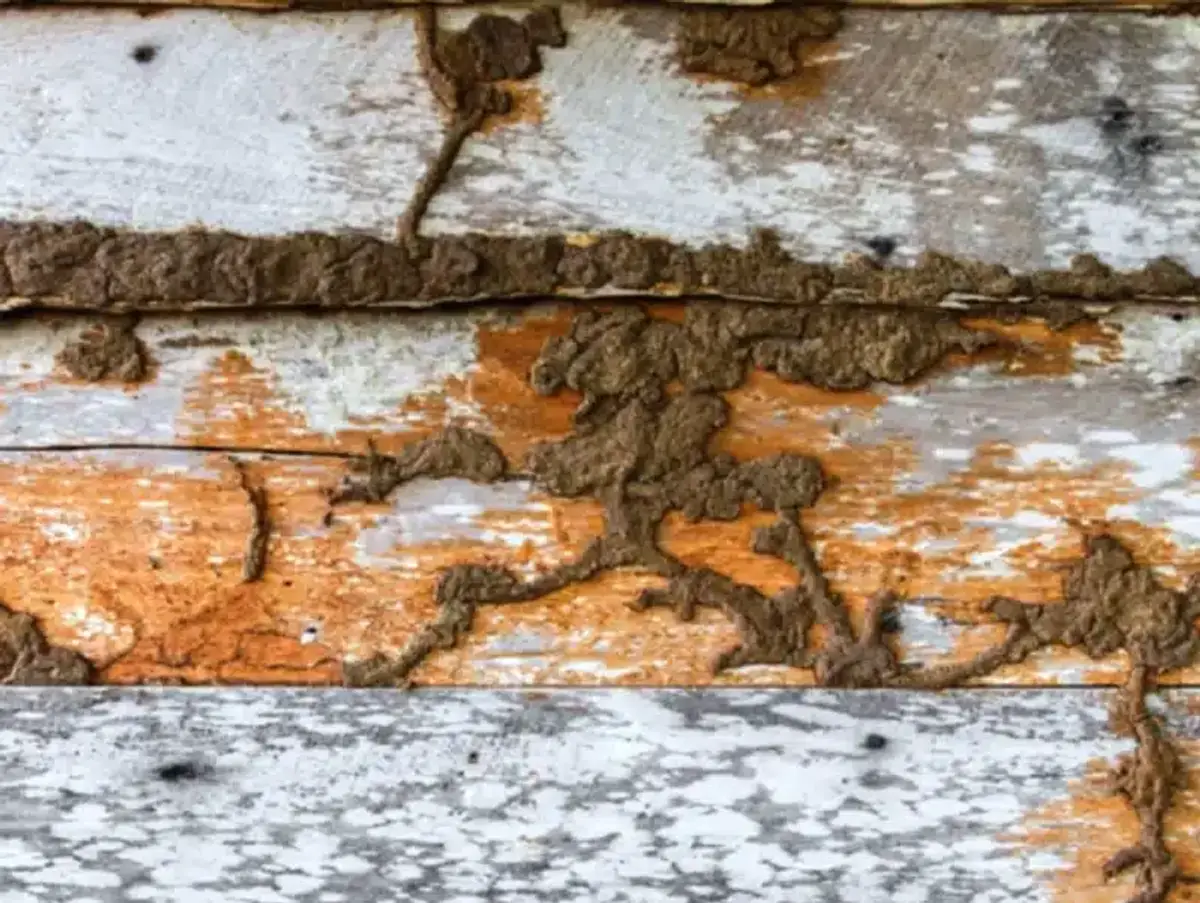During my training near our owner’s Alexandria home, I saw how tricky termite tunnels can hide. A small bulge in a window sill revealed a network of termite tunnels under the foundation. These mud tubes often mean a hidden problem, so it’s crucial to know what they are and how to protect your home.
What does the EPA say about termite damage?
According to the EPA, termite damage tops $2 billion every year in the United States alone.
What Are Termite Tunnels? Understanding Termite Tubes and Mud Tubes
Termite tubes, also called shelter tubes or mud tunnels, are small covered passageways termites build. Tubes are thin, pencil-width lines that allow subterranean termites to stay moist and hide. Tubes serve to link the nest to a close food source and provide a humid, protected path above ground.
What does research say about termite tube composition?
According to the University of Florida IFAS, these tubes are made of mud with soil or wood bits and termite saliva, creating a protective highway for termite workers.
Why Termite Tubes Mean Trouble: Early Signs of an Infestation
Spotting a termite mud tube around your house usually means a possible termite infestation. First signs of termite activity include small bulges in the trim and hollow wood. You may even find termite swarmers or shed wings where tubes meet walls. You should never ignore these warning signs of a termite infestation. For more on outdoor signs, check Warning Signs of Termites in Yard: What to Look For.
What does research say about tube diameter?
According to NC State Extension, the diameter of these working tubes can vary with colony size, with larger, more mature colonies building wider tunnels.
Types of Termite Tubes: Working, Exploratory, Drop, and Swarm Tubes
- Working Tubes: Main transport routes
- Exploratory Tubes: Fragile trial lines
- Drop Tubes: Vertical soil-to-wood links
- Swarm Tubes: Clay turrets for alates
Working Mud Tubes: Primary Transport Highways
Working mud tubes are the main ground-to-wood passage used by termites to feed on wood and move safely. These tubes allow underground workers to cross open air and return moisture to the colony. Working tubes typically run from the soil up walls or piers. They form the primary transport highways for termite colonies.
Exploratory Mud Tubes: Thin Trial Tunnels
Exploratory mud tubes are fragile, thin trial tunnels that workers build when testing new food paths. These exploratory tubes rarely reach wood and colonies often abandon the tubes. You may see tubes extending only a few feet before they end. Inspectors spot these small tunnels on foundation walls.
Drop Tubes: Vertical Soil-to-Wood Connections
Drop tubes hang from joists or ceilings toward soil when colonies expand above grade. Families often find drop tubes around plumbing penetrations and HVAC lines. These tubes are thin but can signal an active infestation inside your home. Address drop tubes quickly to stop termite damage.
Swarm Tubes: Temporary Turrets for Alates
Swarm tubes, also called swarm-castle tubes, are clay turrets built at exit points when alates prepare to swarm. These termite tubes offer a protected launch pad for termite swarmers leaving the nest. They also show how termites build tubes for colony expansion.
What Termite Tubes Look Like and Where to Spot These Tunnels
Tubes look like pencil-width mud ridges on exterior walls or foundations. Tubes typically climb up to 15 feet above ground. Termite tunnels often trace sill plates and slab cracks. You should look for termite tubes behind mulch, foam board or porch stoops.
DIY Checks: Testing for Active Termite Tunnels
Conducive Conditions That Let Termites Build Tubes Around Your Home
Termites need moisture and wood to thrive. Conducive conditions include clogged gutters, damp basements and HVAC condensation. Mulch, firewood, stumps and landscape timbers touching siding create earth to wood contact. Inaccessible or cluttered crawl spaces hide tubes around wooden beams.
How far can termite colonies reach?
According to University of Maryland Extension, a single subterranean termite colony can link food sources over 200 feet apart via underground networks.
Case Study: How Hidden Mud Tubes Nearly Ruined an Addition in Alexandria
Real-World Example from Alexandria
During my training in Alexandria, we found a small bulge at a window sill where an addition met the old house. That bulge was a living termite mud tube ready to break through paint. Under the house, we saw active tunnels climbing the foundation wall. Years of undetected termite activity had caused major structural damage that was tough to fix. This damage was extensive and costly to repair.
The Dangers of Ignoring a Termite Mud Tube
Don't Ignore Termite Tubes
Ignoring a termite mud tube can cause significant structural damage and weaken beams. Subterranean termites can bypass barriers in just 2 to 4 weeks. Mud tubes allow colonies to cross treated soil and termite control zones. By the time you see visible damage, termites have eaten away at the wood.
When Termite Tunnels Mean You Need Professional Pest Control
Finding termite tunnels often means it’s time to call a professional pest control company. While you can break tubes, DIY methods rarely solve an active infestation. Licensed technicians from a termite control company have the tools and termiticides to treat underground and above-ground nests.
Termite Inspection: How Experts Find and Remove Termite Tubes
A good termite inspection starts with a 78-point check of exterior walls and crawl space. Registered technicians probe foundation walls, sill plates and slab cracks to discover termite tubes. They also inspect behind foam board and mulch lines for working tubes and drop tubes. If they find active tunnels, they document locations and plan treatments. Licensed applicators handle removal of termite tubes safely. Learn more at Why You Should Always Get An Annual Termite Inspection.
Treatment Options to Remove and Prevent Termite Tunnels
Here are key termite treatments to remove and prevent termite tunnels.
Soil-Applied Liquid Termiticides: Building a Protective Barrier
Liquid termiticides treat soil around your home and create a barrier underground. Chemicals like fipronil and imidacloprid can last for years to intercept working tubes. Non-repellent options let termites carry the product back to the termite nests. This effective termite control stops colonies before they build mud tubes.
Baiting Systems: Targeted Colony Elimination
Bait stations use slow-acting IGR to kill termite colonies over months. Stations placed around the perimeter lure workers to a cellulose matrix, their favorite food source. When workers share the poison, the entire colony perishes. Baits can tackle subterranean termite populations without trenching soil.
How effective are bait stations?
USDA Forest Service research shows complete elimination in as little as three months when using properly monitored bait systems.
Spot Treatments for Above-Ground Termite Nests
Above-ground infestations need moisture fixes first. Licensed technicians inject foam or dust into wall voids to target drop tubes and active tunnels. Spot treatments get rid of termite mud tubes inside your home. After treatment, inspectors ensure no new tubes form.
Physical & Cultural Measures: Drainage, Clearance, Landscape Fixes
Keep soil 6-8 inches from siding and slope the ground away. Store firewood at least 20 feet from walls. Replace mulch with rocks or hardscape. Fix leaky gutters and pipes. These simple steps prevent new tubes around your home.
Effective Termite Control Plans: Warranties, Inspections & Maintenance
With a plan from Better Termite & Pest Control, you get annual termite inspection and re-treatments. Most liquid contracts call for yearly checks; baits need visits every six months. Our Better Promise gives unlimited callbacks until tunnels stay gone. We document all work so you know about termite tubes on your property.
Preventing New Termite Tunnels: Tips for Homeowners
Integrating Pest Control: Beyond Termite Tunnels
Termite tubes offer a clear sign of home risk. Combine termite control with general pest control services to cover ants, spiders and overwintering pests. You can also bundle protection for mosquitoes and ticks. Bundle & save for full-home coverage.





Termite tubes are more than mud. They are a window into hidden termite activity and looming damage.
Frequently Asked Questions about Termite Tunnels
What to do if you find termite tunnels?
+
If you find termite tunnels, note the location, take photos and avoid disturbing them. You may even find a termite crawling inside a broken tube. Then contact a termite control professional who can inspect and recommend treatments.
Do termite tubes mean you have termites?
+
Seeing termite tubes usually means termites are or were active. Broken-open tests can confirm activity by finding workers inside. Even abandoned tubes prove past access and should prompt a full inspection.
Should you break termite tunnels?
+
Breaking tubes can help test for activity, but it won't stop termites long-term. Colonies rebuild tubes quickly and may avoid barrier treatments. It's best to let a professional handle removal and apply proper termiticide.
What do active termite tunnels look like?
+
Active termite tunnels are moist, dark and intact. They often look like fresh mud ridges and contain live termite workers if you crack a section. Old tubes, by contrast, look dry and crumbly.
How far can termites build tubes above ground?
+
Termites can build tubes up to 15 feet above ground, especially on damp foundation walls. Their tunnels follow moisture and run along plumbing lines or creep into crawl spaces. Regular inspections can catch high-reaching tunnels early.
When should I call a termite control professional?
+
Call a termite control professional whenever you see new mud tubes, bulges or hollow wood. Early action helps protect your home and prevents costly repairs. Licensed technicians can spot hidden tubes and treat them effectively.
How are termite tunnels different from ant galleries?
+
Termite tunnels are rough, packed with mud and soil, while ant galleries look clean and fibrous. Termite tunnels also maintain moisture and hide soft-bodied workers. If you're unsure, ask a licensed technician to inspect.
Can I remove termite tubes myself?
+
You can break a few tubes to test for activity, but full removal and treatment require professional tools and termiticides. DIY methods often lead to tube rebuilds and ongoing termite damage. Contact registered technicians for a proper solution.
With five years of hands-on experience in the pest control industry, George Schulz is a registered technician with the Virginia Pest Management Association and a proud third-generation professional in a family business that's been protecting homes for over 57 years. He manages and trains a team of service pros while also leading internal research efforts—recently spearheading a deep-dive review of thousands of documents on pest control materials to hand-pick the most kid and pet friendly, most effective solutions tailored specifically for homes in the DC metro area.
